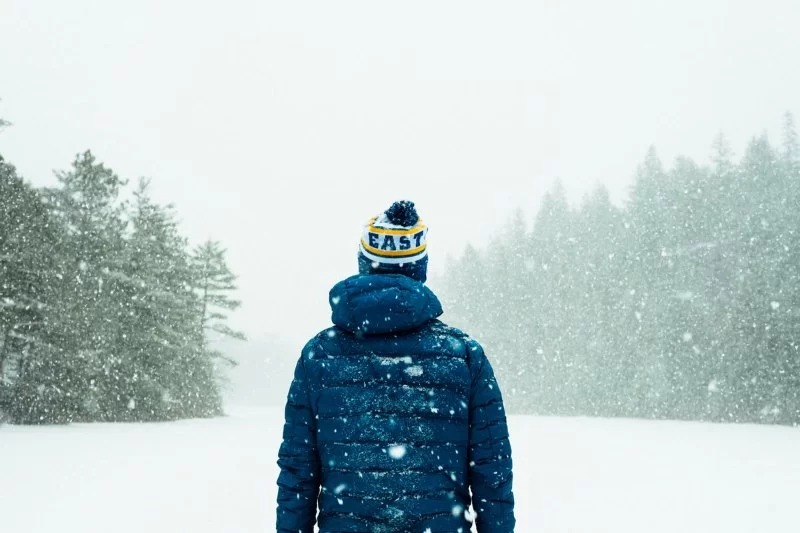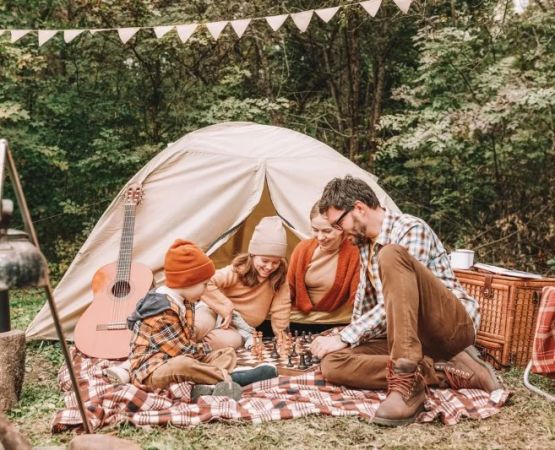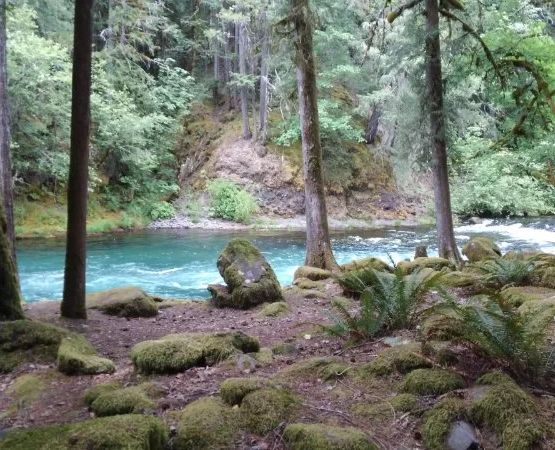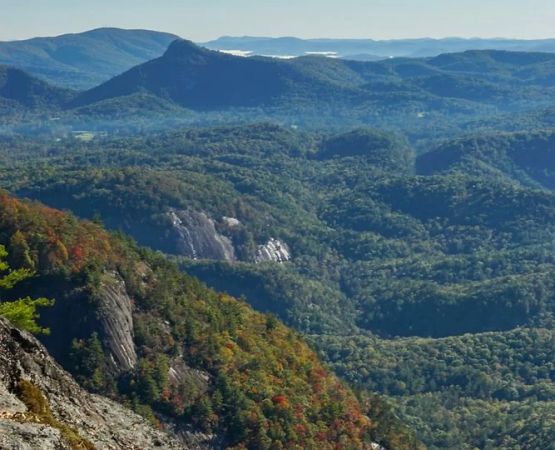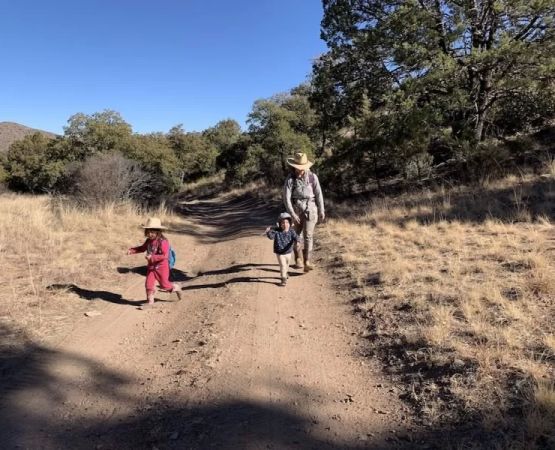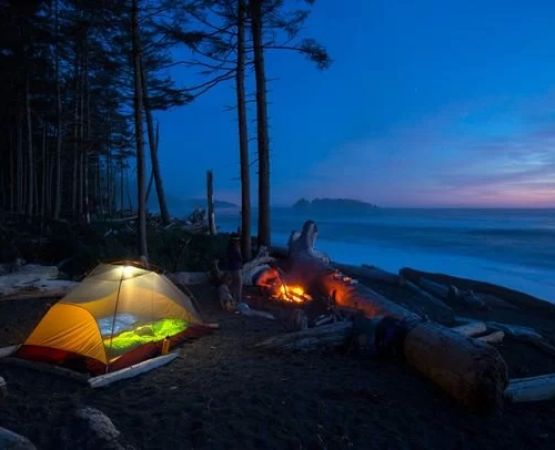- 1 - Understanding Blizzards and Why Preparation Matters
- 2 - Choosing the Right Campsite Before the Storm Hits
- 3 - Essential Gear for Camping in a Blizzard
- 4 - Food, Water, and Energy Needs in Extreme Cold
- 5 - Shelter and Warmth: Building a Safe Winter Setup
- 6 - Real-Life Story: Surviving a Blizzard While Camping
- 7 - Safety Protocols: Communication and Emergency Plans
- 8 - Expert Support and Resources for Winter Camping
Understanding Blizzards and Why Preparation Matters
A blizzard is more than just heavy snowfall—it combines strong winds, low visibility, and freezing temperatures. For campers, these conditions can quickly escalate from adventurous to life-threatening. Preparing in advance ensures that you not only enjoy the beauty of winter camping but also stay safe and capable of handling emergencies.
Choosing the Right Campsite Before the Storm Hits
Location can determine survival during a blizzard. Avoid setting up camp in open plains where winds are strongest or near trees that may drop heavy snow or break under pressure. Instead, choose natural windbreaks like rocky outcrops or dense forest areas. Experienced campers often scout multiple sites, so if a storm is forecasted, they can relocate quickly.
Essential Gear for Camping in a Blizzard
Winter camping requires specialized equipment. A four-season tent with reinforced poles, snow stakes, and a sturdy rainfly is non-negotiable. Sleeping bags rated for extreme cold and insulated sleeping pads help preserve body heat. Campers should also carry multiple heat sources, including portable stoves and hand warmers. For those seeking reliable winter gear, Pine Cliff Resort offers a selection designed to withstand harsh blizzard conditions.
Food, Water, and Energy Needs in Extreme Cold
In freezing conditions, your body burns more calories to maintain warmth. High-energy foods such as nuts, dried fruits, and protein bars are crucial. Melted snow can serve as a water source, but it must be boiled or filtered to remove impurities. Pro tip: store water bottles upside down so ice forms at the bottom first, making it easier to access liquid water.
Shelter and Warmth: Building a Safe Winter Setup
Your tent is your lifeline in a blizzard. Adding a tarp or snow wall around the tent can reduce wind exposure. Inside, layering sleeping systems with blankets or bivvy sacks improves insulation. Never underestimate the importance of dry clothing—packing extra thermal layers and moisture-wicking socks prevents hypothermia. Campfires, though comforting, can be risky in high winds, so rely on stoves for controlled heat.
Real-Life Story: Surviving a Blizzard While Camping
A group of experienced campers in Colorado shared how they were caught in a sudden blizzard during an early spring trip. They credited their survival to carrying an emergency radio, pre-packing calorie-dense foods, and setting up camp in a low-lying area shielded by cliffs. Their story emphasizes that preparation is not just about comfort but about staying alive when nature surprises you.
Safety Protocols: Communication and Emergency Plans
Always share your trip details with someone before heading out. Carrying a satellite phone or personal locator beacon (PLB) can make the difference if you get stranded. Establishing check-in times with family or friends ensures someone will alert authorities if you don’t return on schedule. Preparing a basic first aid kit with frostbite and hypothermia supplies is also a must.
Expert Support and Resources for Winter Camping
Blizzard camping is not for the faint-hearted, but with the right planning, it can be an unforgettable adventure. For trusted advice, top-quality gear, and expert recommendations tailored to your needs, Pine Cliff Resort is a go-to resource for anyone preparing to face winter’s most extreme challenges.

